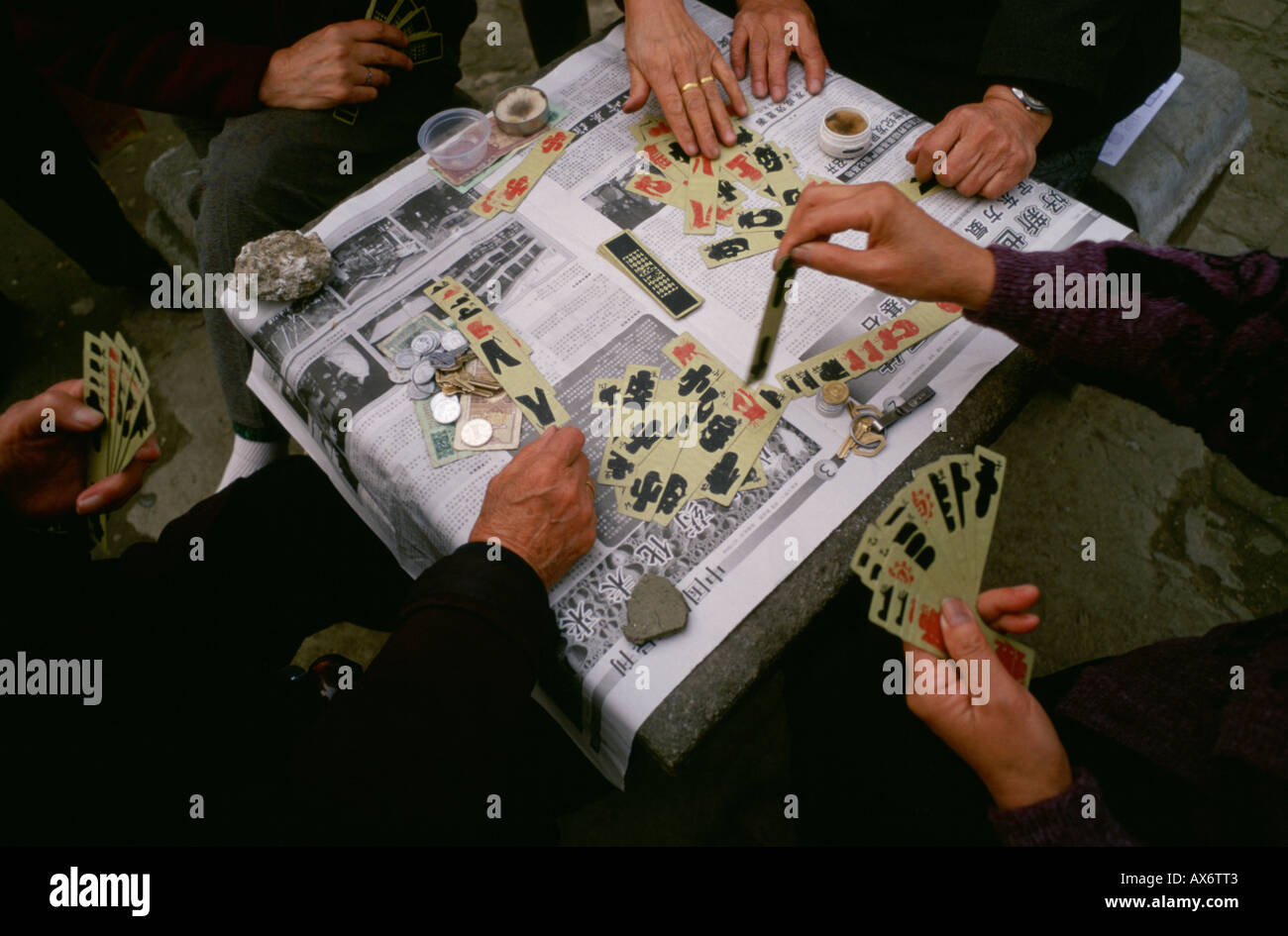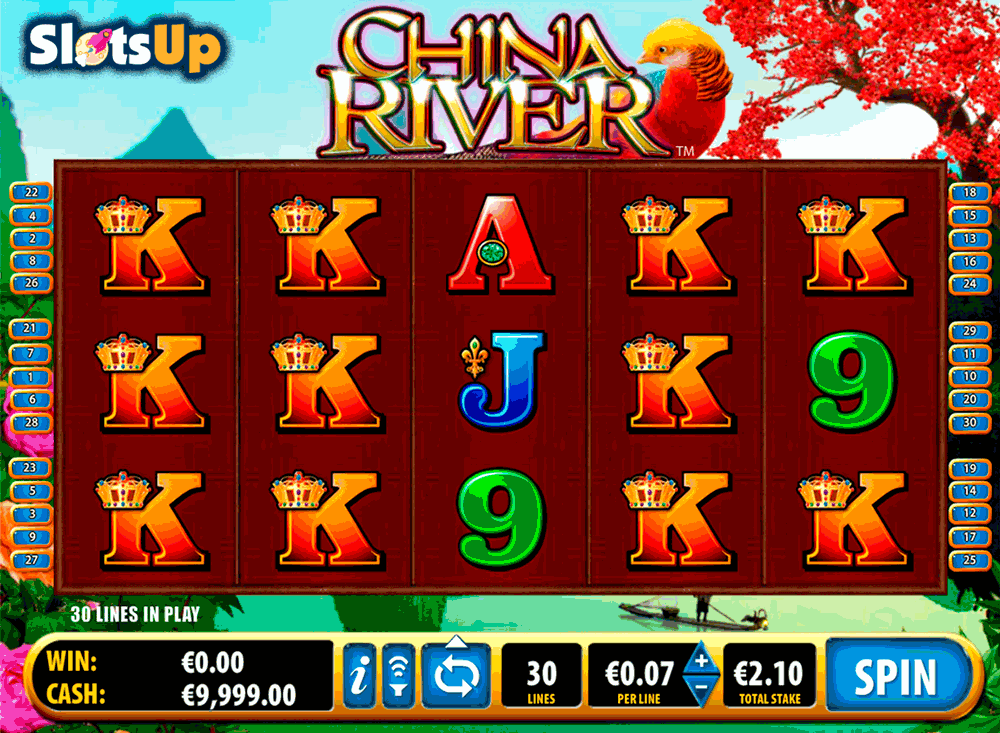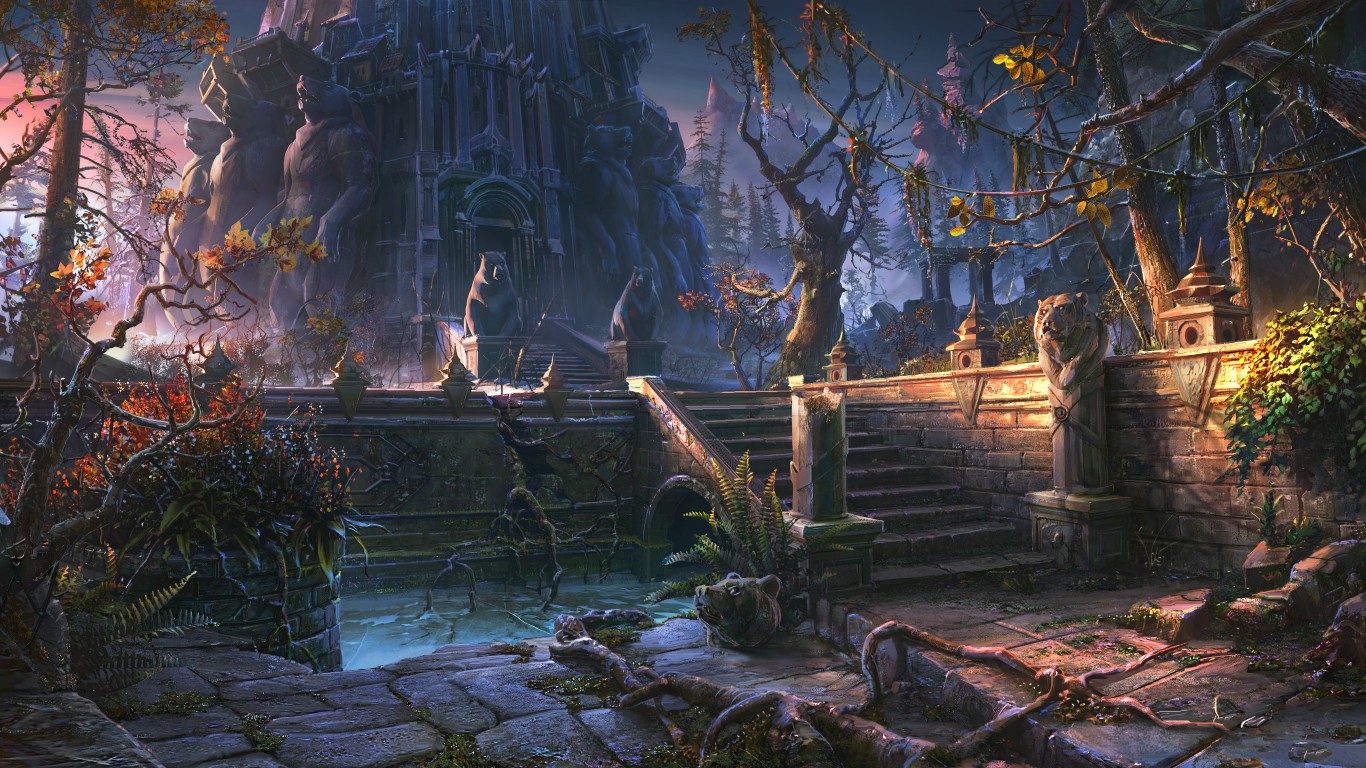Chinese River Game
Posted : admin On 3/29/2022Kongregate free online game River Crossing - Cross the river with your mouse. If it don't say going, don't go. Play River Crossing.
| 鬥獸棋 (Dou Shou Qi) | |
|---|---|
A typical and inexpensive Jungle set with paper board, purchased at a Chinese stationery shop | |
| Genre(s) | Board game Abstract strategy game |
| Players | 2 |
| Setup time | 1–2 minutes |
| Playing time | 5–30 minutes |
| Random chance | None[1] |
| Skill(s) required | Strategy, tactics, counting |
| Synonym(s) | Dou Shou Qi The Jungle Game Children's Chess Oriental Chess Animal Chess |
- Balance Your Fortune with China Shores. The star of the show is definitely the Balance of Fortune bonus round, which comes into effect when players land three or more ball symbols on a single spin.Three are worth eight free games, while four award ten. Fifteen free spins are on offer for any player that lands a scatter on all five reels and that is when the Balance of Fortune comes into play.
- Test IQ - River and Family In China, that is one of the types of applied exams in a test of IQ. The objective of the game is to cross all the members for the other side of the river. To begin click in the circle. The rules: 1 - the father, the mother and the policeman only know how to pilot the ship.
- China River Slot Machine. Upon entering China River, one of the most popular Bally slots, you’ll notice that the game brings up visions of the Orient, the slot set on a background of a Sampan on a river, the banks of which feature colourful trees, where an animated pheasant sits. The scene sounds somewhat idyllic, however the animation of the pheasant doesn’t look fantastic, it looks a little stiff and this could have.
Jungle or Dou Shou Qi (Chinese: 鬥獸棋; pinyin: dòu shòu qí; lit. 'fighting animal game') is a modern Chinese board game with an obscure history.[2][3] The game is played on a 7×9 board and is popular with children in the Far East.[1] The game is also known as The Jungle Game, Animal Chess, Beast Chess, Children's Chess and Oriental Chess.[4]
Jungle is a two-player strategy game and has been cited as resembling the Western game Stratego,[5] but Stratego actually has more in common with another Chinese board game known as Jun Qi (Chinese: 軍棋; pinyin: jūnqí; lit. 'army game').
Overview[edit]
The Jungle gameboard represents a jungle terrain with dens, traps 'set' around dens,[6] and rivers.[7] Each player controls eight game pieces representing different animals of various rank. Stronger-ranked animals can capture ('eat') animals of weaker or equal rank. The player who is first to maneuver any one of their pieces into the opponent's den wins the game.[7] An alternative way to win is to capture all the opponent's pieces.
Board[edit]
The Jungle gameboard, usually made of paper,[1] consists of seven columns and nine rows of squares (7×9 rectangle = 63 squares). Pieces move on the squares as in chess, not on the grid lines as in xiangqi. Pictures of eight animals and their names appear on each side of the board to indicate initial placement of the game pieces. After initial setup, these designated squares have no special meaning in the gameplay.

There are several special squares and areas of the Jungle board:

- Each player has one den (Chinese: 獸穴; pinyin: shòuxuè; lit. 'lair') square located in the centre of their first row of the board and labeled as such in Chinese.
- Three traps (Chinese: 陷阱; pinyin: xiànjǐng; lit. 'snare') border each den, to each side and in front. These are also labeled in Chinese.
- Two water areas or rivers (Chinese: 小河; pinyin: xiǎohé; lit. 'river') are located in the centre of the board, each comprising 6 squares in a 2×3 rectangle, and labeled with the Chinese characters for 'river'. There are single columns of ordinary land squares on the edges of the board, and down the middle between the rivers.
The den highlighted in green | A typical Jungle board labelling the starting squares, the den, the traps, and the rivers |
The traps highlighted in yellow | |
One of the rivers |
Pieces[edit]
Each player has eight game pieces representing different animals, each with a different rank, and in their own colour (blue versus red).[8][1][7] The animal ranking, from strongest to weakest, is:
| Rank | Piece | |
|---|---|---|
| 8 | Elephant | Chinese: 象; pinyin: xiàng |
| 7 | Lion | Chinese: 獅; pinyin: shī |
| 6 | Tiger | Chinese: 虎; pinyin: hǔ |
| 5 | Leopard[8] | Chinese: 豹; pinyin: bào |
| 4 | Wolf[8] | Chinese: 狼; pinyin: láng |
| 3 | Dog[8] | Chinese: 狗; pinyin: gǒu |
| 2 | Cat | Chinese: 貓; pinyin: māo |
| 1 | Rat | Chinese: 鼠; pinyin: shǔ |
Pieces start on squares with pictures corresponding to their animal, which are invariably shown on the Jungle board.
Rules[edit]
Movement[edit]
Players alternate moves with Blue moving first.[6] During their turn, a player must move. All pieces can move one square horizontally or vertically (not diagonally). A piece may not move into its own den. Animals of either side can move into and out of any trap square.[9]
There are special rules related to the water squares:
- The rat is the only animal that may go onto a water square.
- The lion and tiger can jump over a river horizontally or vertically. They jump from a square on one edge of the river to the next non-water square on the other side. If that square contains an enemy piece of equal or lower rank, the lion or tiger capture it as part of their jump. A jumping move is blocked (not permitted) if a rat of either color currently occupies any of the intervening water squares.
Capturing[edit]
Animals capture opponent pieces by 'killing/eating' them (the attacking piece replaces the captured piece on its square; the captured piece is removed from the game). A piece can capture any enemy piece that has the same or lower rank, with the following exceptions:
- The rat can 'kill' (capture) an elephant, but only from a land square, not from a water square. Many published versions of the game say the rat kills the elephant by 'running into its ear and gnawing into its brain'.[6]
- A rat in the water is invulnerable to capture by any piece on land. (Therefore a rat in the water can only be killed by another rat in the water.)
- A piece that enters one of the opponent's trap squares is reduced in rank to 0. Thus the trapped piece may be captured by the defending side with any piece, regardless of rank. A trapped piece has its normal rank restored when it exits an opponent's trap square.
Variations[edit]
There are some commonly played ruleset variations, as follows:
- The elephant may not kill the rat under any circumstances.
- Some play the game with the lion and tiger being equally strong, whereby they can kill each other.
- Some versions have the tiger outranking the lion.
- The leopard may jump over the river horizontally but not vertically (due to its lesser strength than the tiger or lion). It cannot jump over a rat in the river, however.
- All traps are universal. If an animal goes into a trap in its own region, an opponent animal is able to capture it regardless of rank difference if it is beside the trapped animal. The rules for being on one's own trap do vary.
- A variant has the wolf replaced by the fox, in which case the dog is stronger than the fox.
- There are variations in which the lion is not able to jump across the river horizontally.
- The rules for the rat to capture either the elephant or rat from or into the water do vary.
- There is a simplified version called Animal Checkers, which has no traps or rivers, and only the rat, dog, tiger and elephant.[10]
- Amongst the many examples shown on BoardGameGeek there is at least one where the pieces are designed so that they are no longer visible by the opponent (mounted as a card on a stand like Stratego pieces). This change alters the game from one of stochastic 'full-knowledge' to one of partial-knowledge.
- There is a version of the game that limits which animals (rankings 1–4) can move onto the trap squares.
- Some players prefer allowing the dog to move onto water squares.
See also[edit]
References[edit]
- ^ abcdPritchard (1994), p. 163.
- ^Parlett (1999), pp. 142–43, 'R. C. Bell describes this contemporary Chinese game sent him in the 1960s by a correspondent in Hong Kong, but knows nothing of its ancestry. The board design suggests some influence of Chinese Chess, and the perfection of the game—it 'plays well'—suggests a solid period of experimentation and refinement; yet the concept as a whole appears too sophisticated to have much of a history behind it.'
- ^Pritchard (2007), p. 292, 'Origins obscure; in the opinion of Bell, possibly a development of xiangqi.'
- ^Pritchard (2007), p. 292.
- ^Freeman, Jon. (1979). The Playboy Winner's Guide to Board Games. New York: Playboy Press. ISBN0-87216-562-0. Retrieved January 29, 2007 from 'Archived copy'. Archived from the original on 2008-02-04. Retrieved 2008-01-29.CS1 maint: archived copy as title (link)
- ^ abcBell (1983), p. 119.
- ^ abcParlett (1999), p. 143.
- ^ abcdBell (1979), p. 69.
- ^Bell (1979), p. 70.
- ^Animal Checkers. (2007). Retrieved May 20, 2007 from http://www.cse.unsw.edu.au/~cs3411/07s1/hw3/.
Bibliography
Chinese River Crossing Game
- Bell, R. C. (1979). Board and Table Games From Many Civilizations. Vol I (Revised ed.). Dover Publications Inc. pp. 69–70. ISBN0-671-06030-9.
- Bell, R. C. (1983). The Boardgame Book. Exeter Books. pp. 118–19. ISBN0-671-06030-9.
- Parlett, David (1999). The Oxford History of Board Games. Oxford University Press Inc. pp. 142–44. ISBN0-19-212998-8.
- Pritchard, David (1994). The Family Book of Games. Brockhampton Press. p. 163. ISBN1-86019-021-9.
- Pritchard, D. B. (2007). Beasley, John (ed.). The Classified Encyclopedia of Chess Variants. John Beasley. p. 292. ISBN978-0-9555168-0-1.
Further reading[edit]
- Beasley, John D. (Summer 2002). Byway, Paul V. (ed.). 'Some Thoughts on The Jungle Game'. Variant Chess. Vol. 5 no. 40. British Chess Variants Society. p. 127. ISSN0958-8248.
- van Rijn, J.N.; Vis, J.K. (7–8 November 2013). Complexity and Retrograde Analysis of the Game Dou Shou Qi(PDF). 25th Benelux Conference on Artificial Intelligence. Delft. Retrieved 2014-01-17.
External links[edit]

Chinese River Crossing Game
- Shou Dou Qi: The Battle of Animals by Hans Bodlaender, The Chess Variant Pages
- Ancient Chess.com rules and video demonstration
- Dou Shou Qi at BoardGameGeek